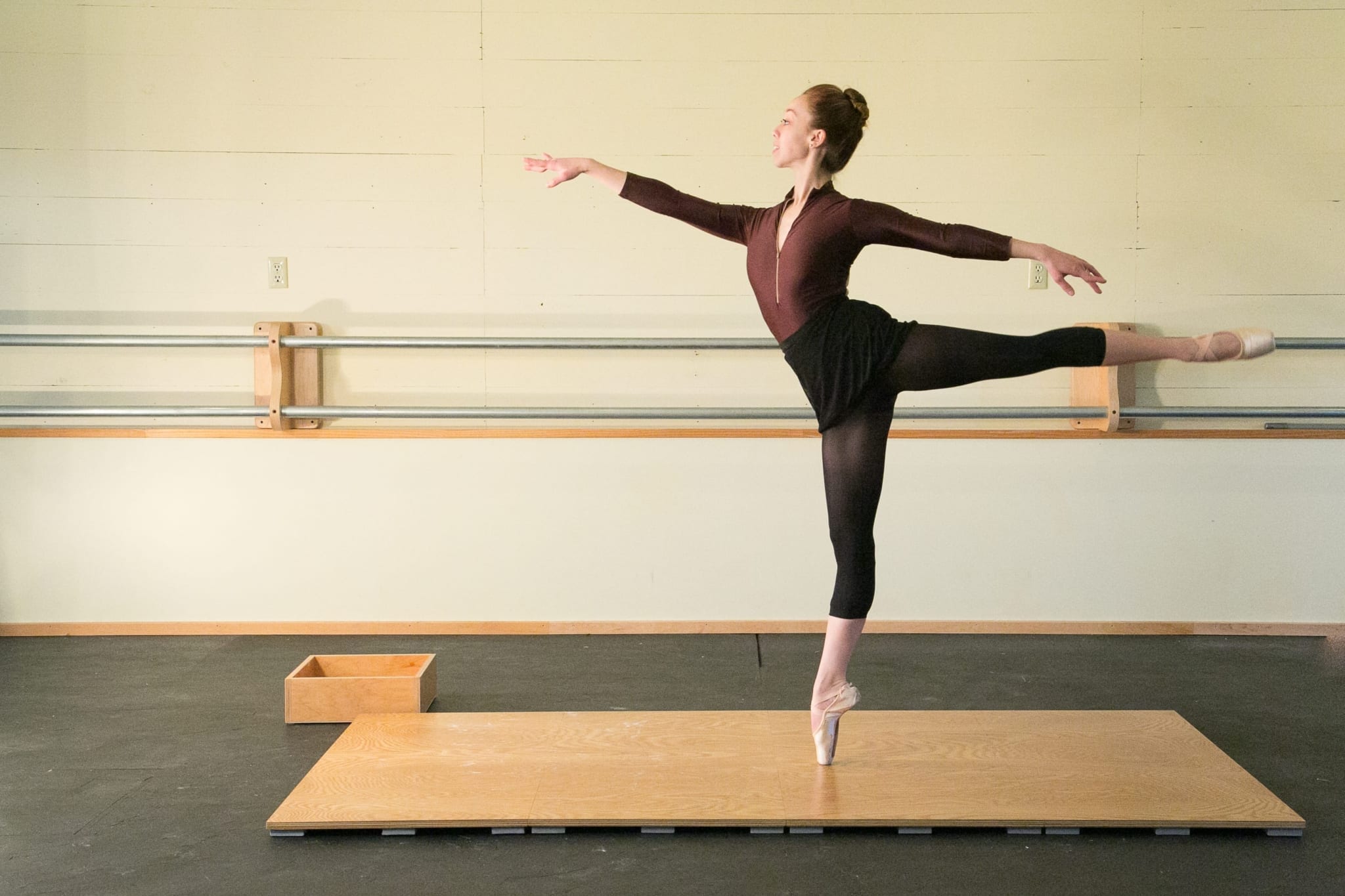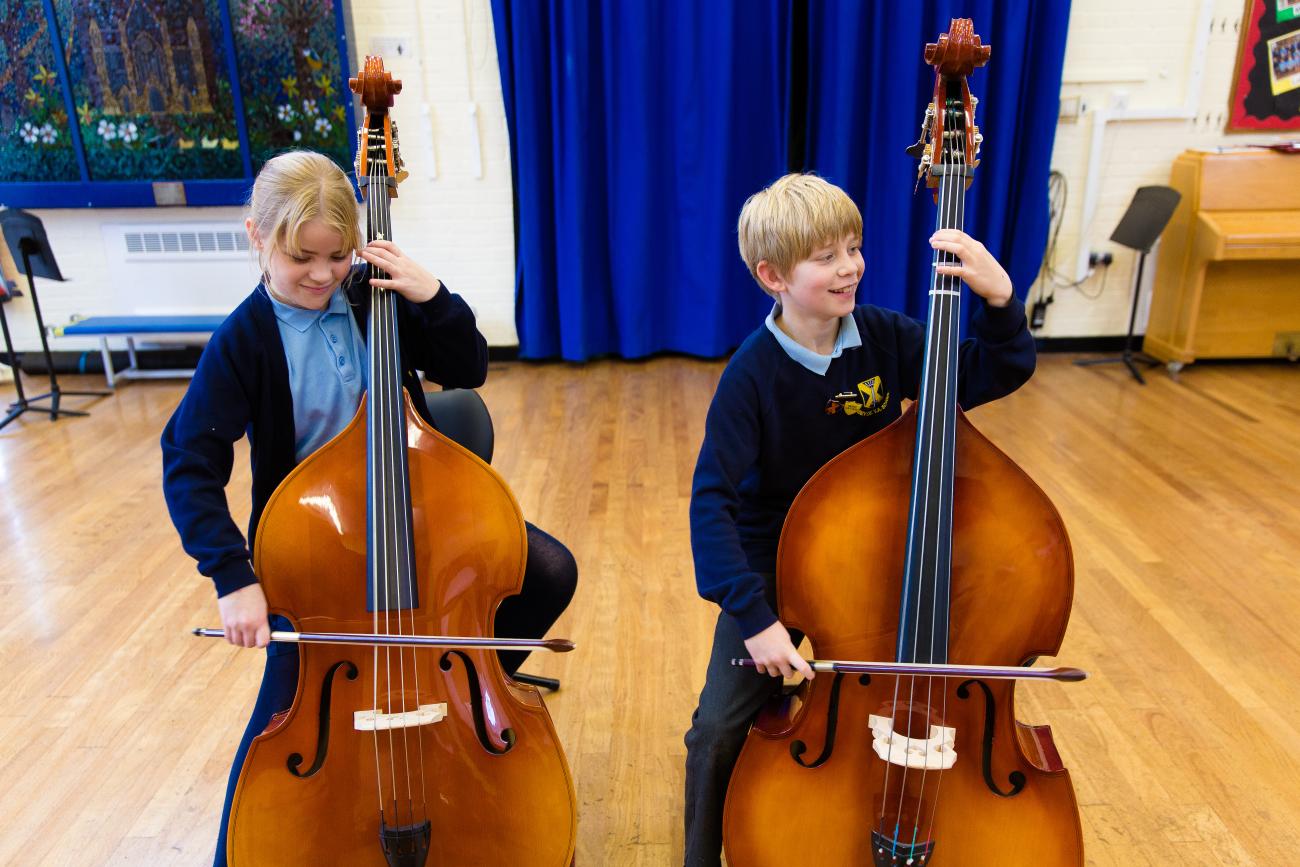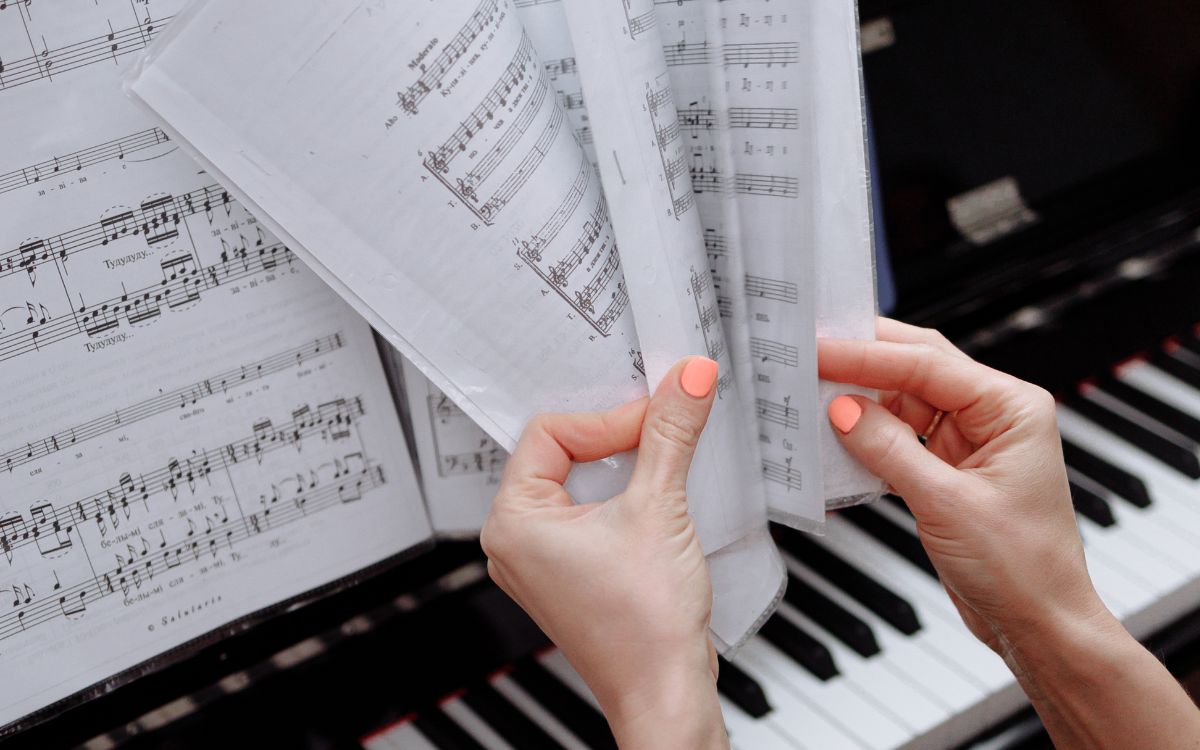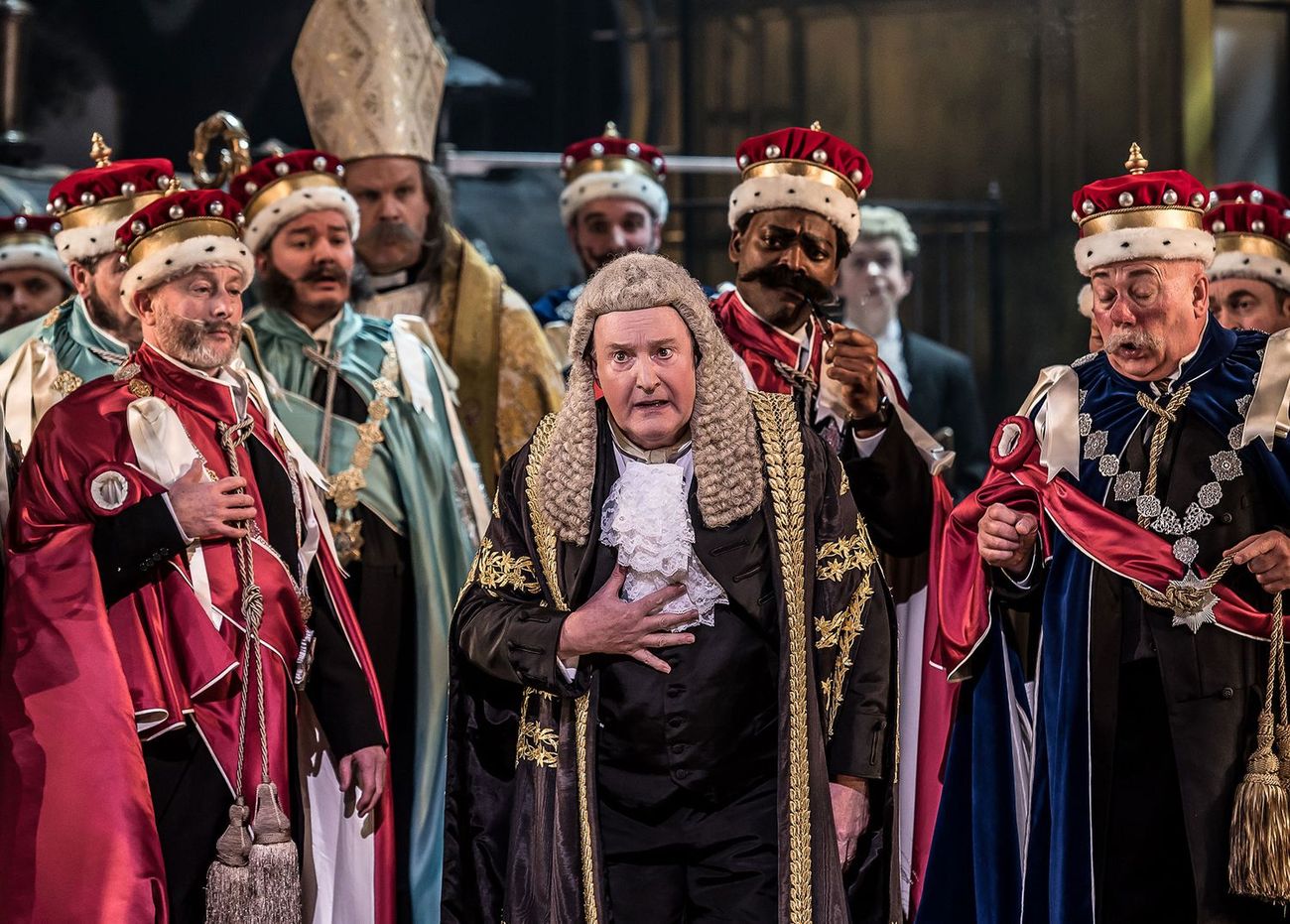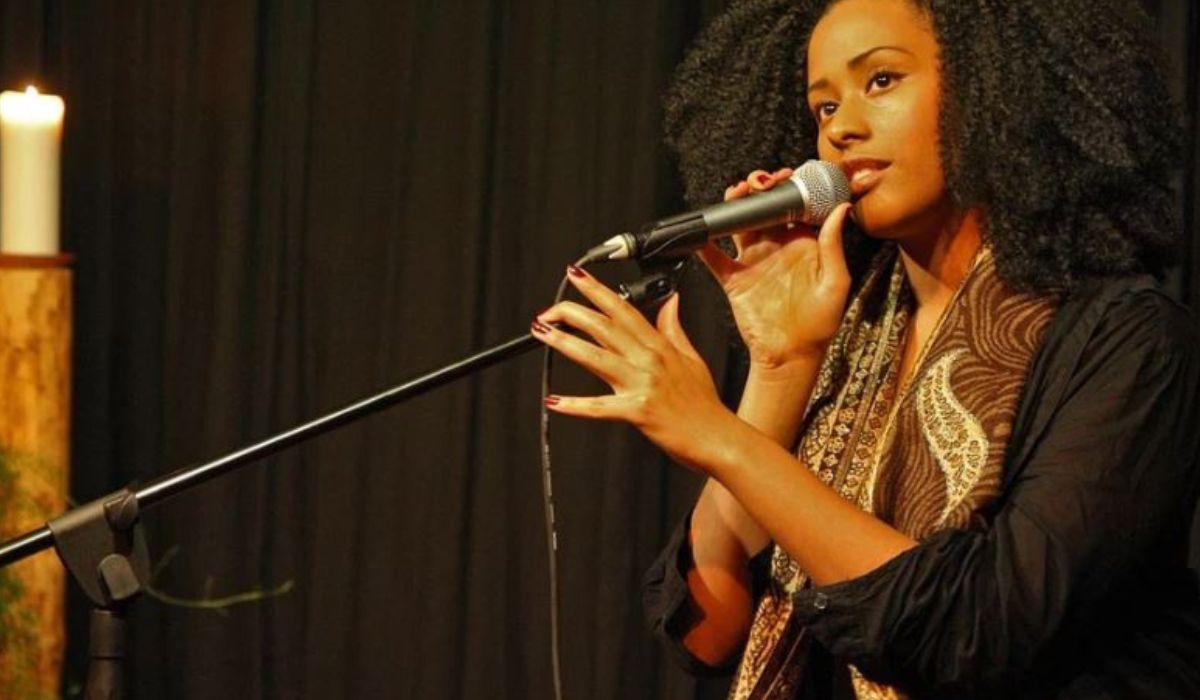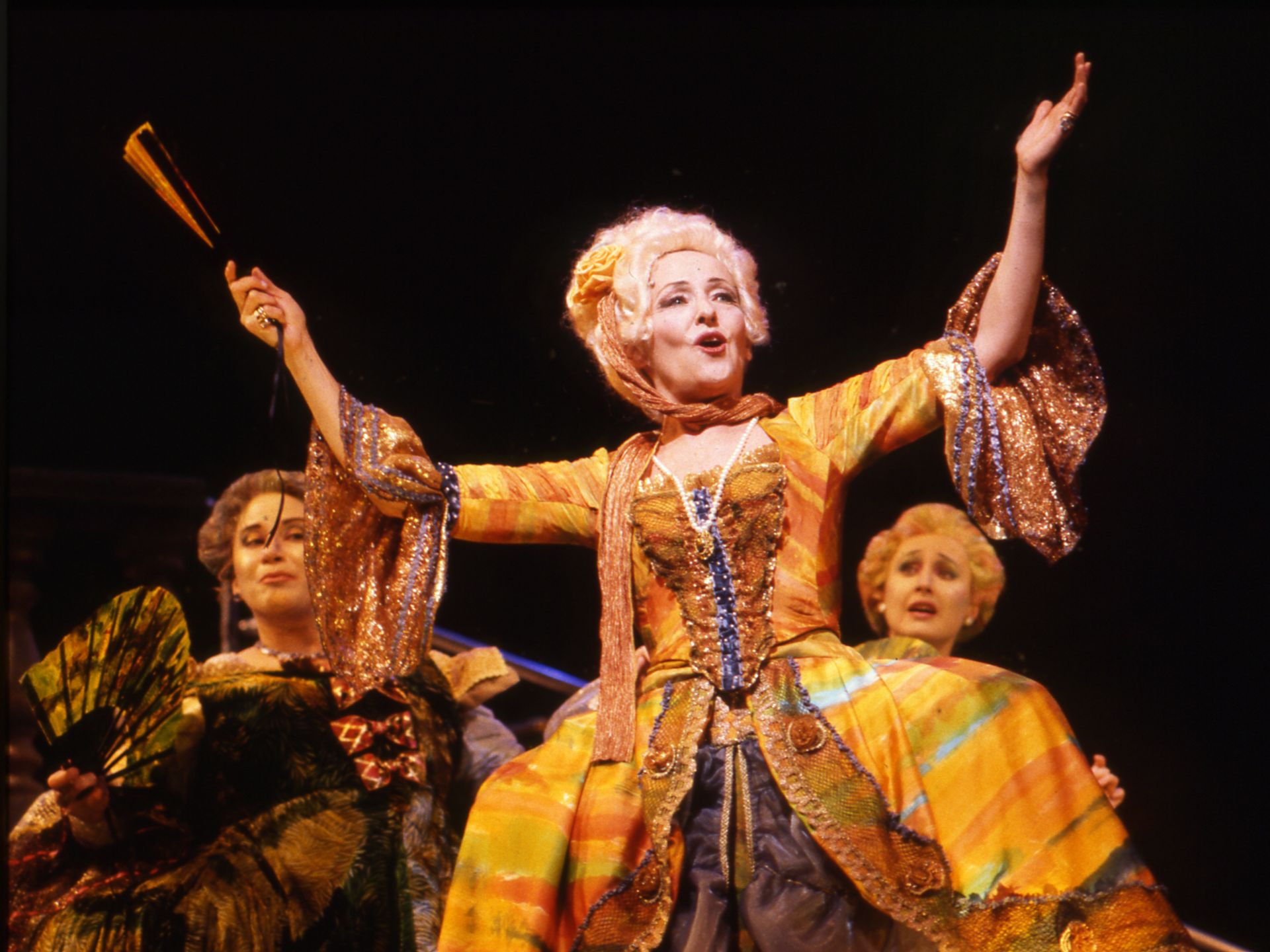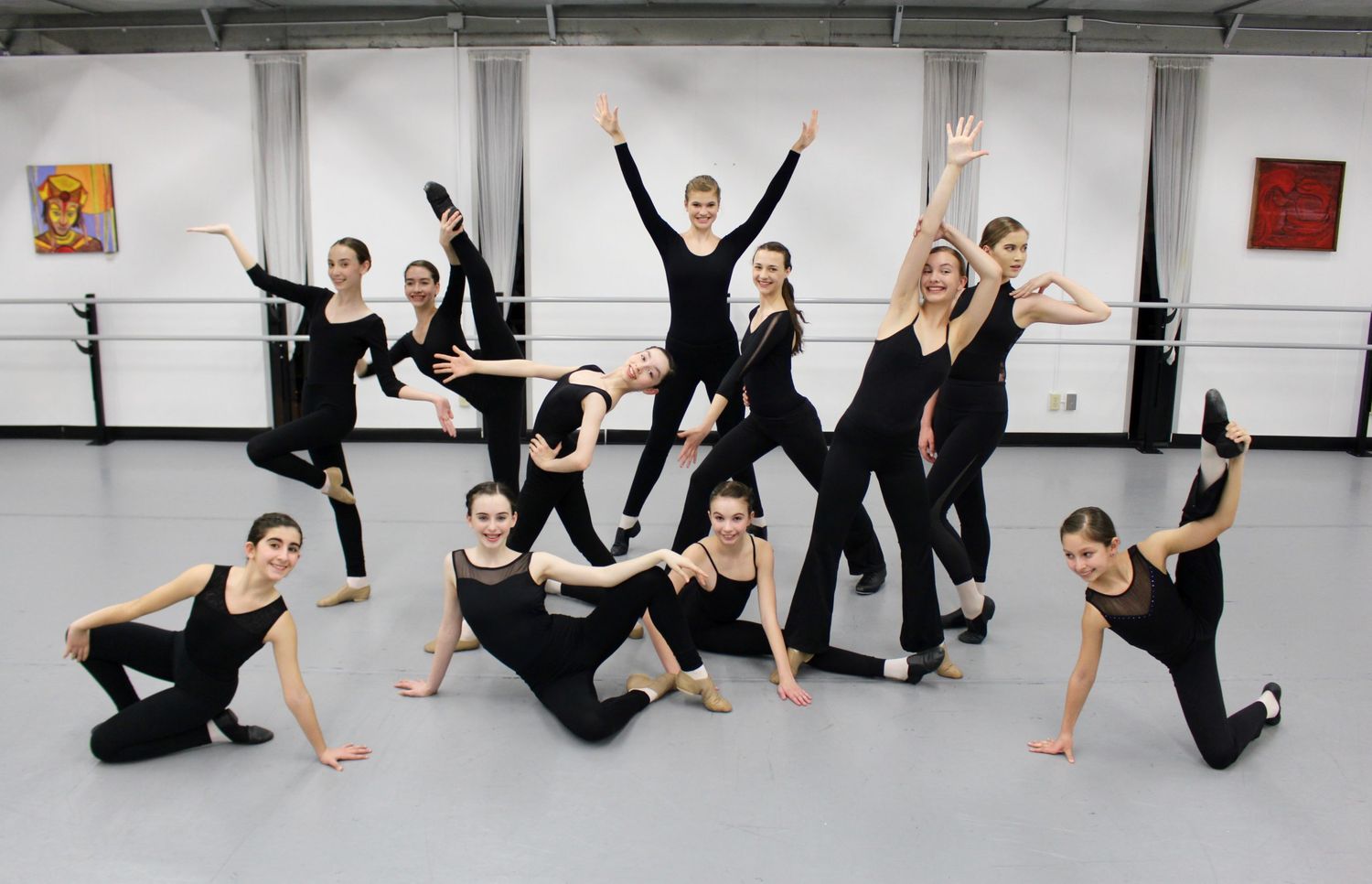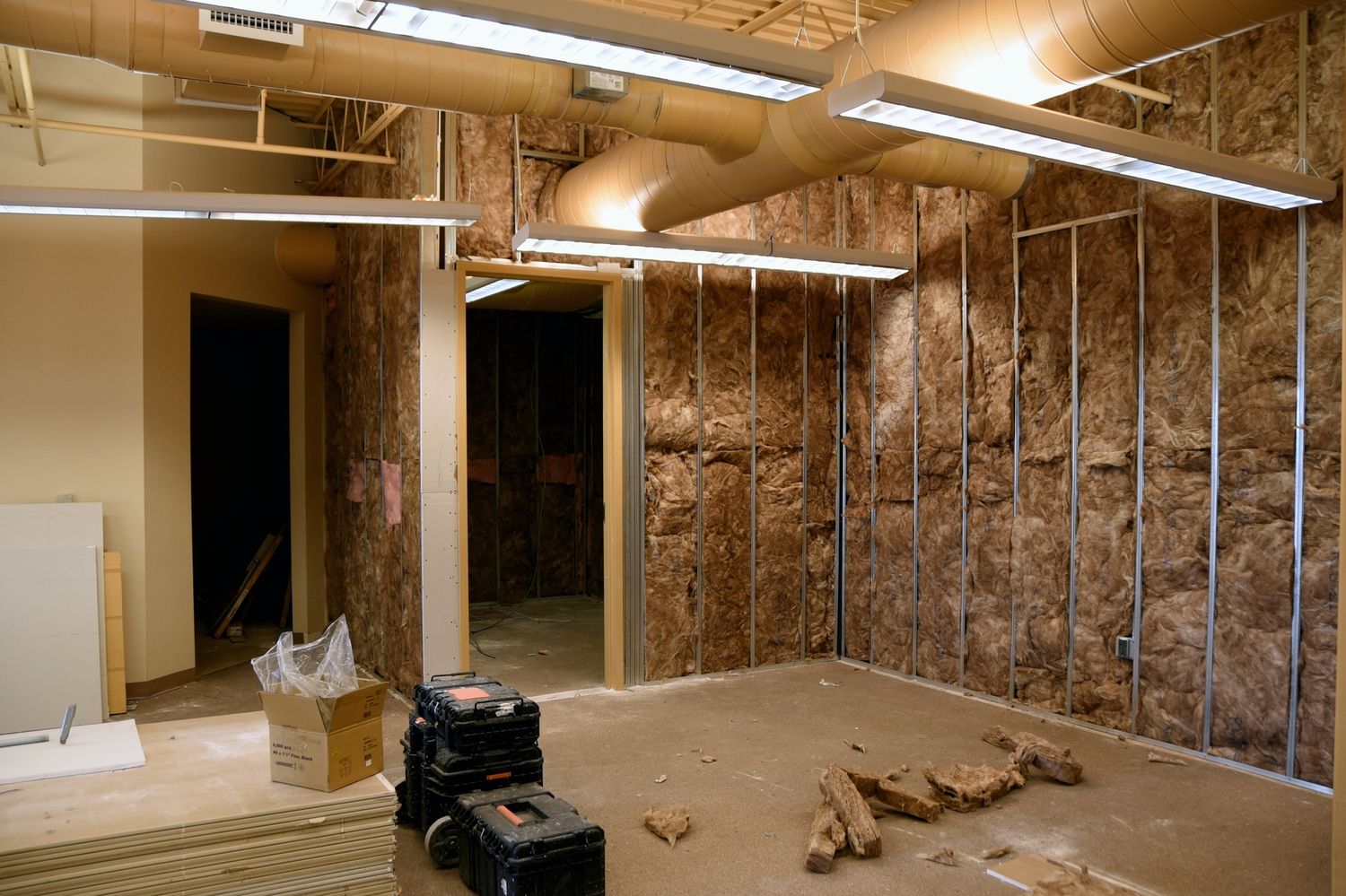Home>Events & Info>Ballet>What Is The Difference Between Ballet And Modern Dance
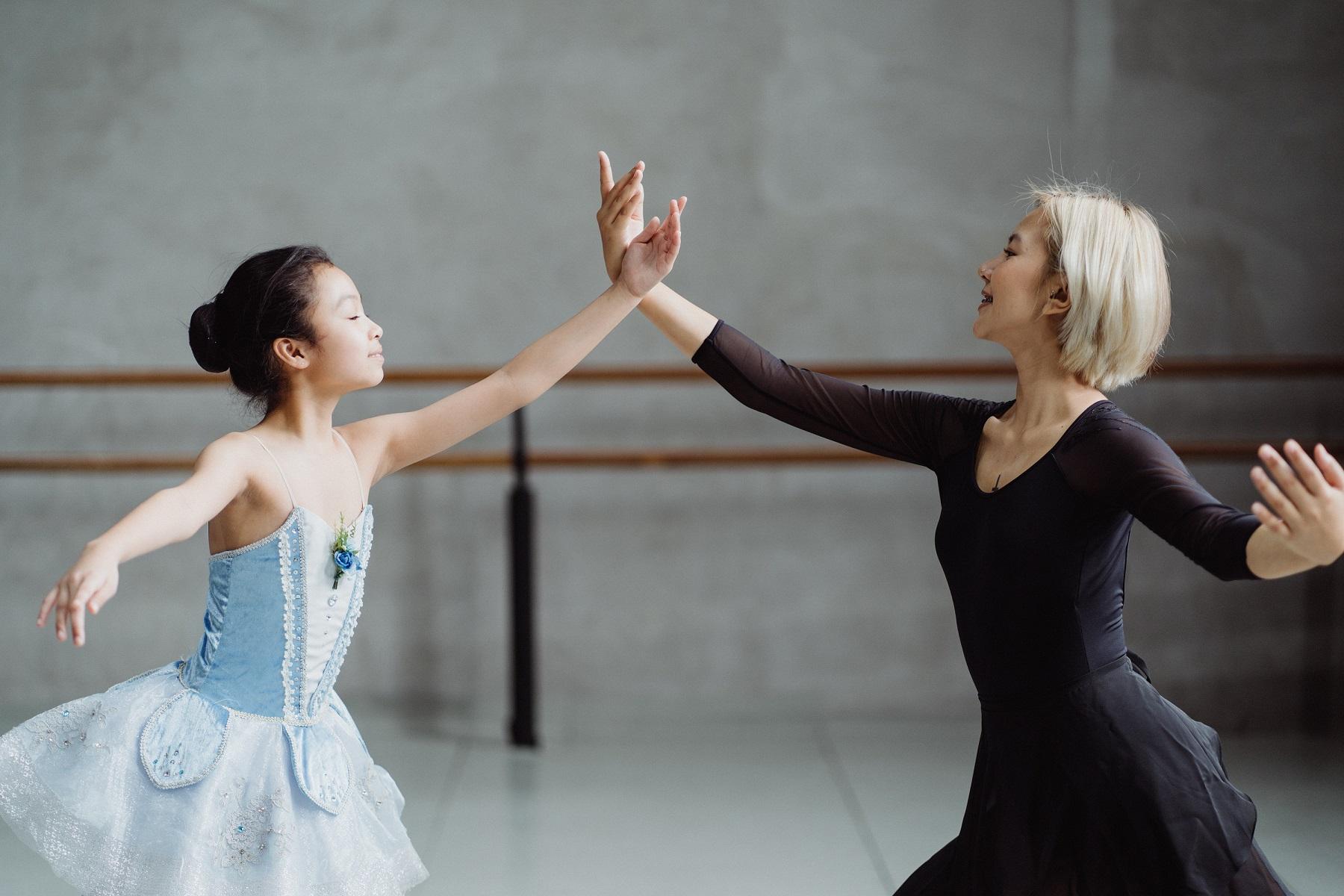

Ballet
What Is The Difference Between Ballet And Modern Dance
Modified: January 22, 2024
Discover the key distinctions between ballet and modern dance. Learn about the graceful movements and rich history of ballet, contrasting with the innovative and expressive techniques of modern dance. Explore their unique styles and find out which one resonates with you.
(Many of the links in this article redirect to a specific reviewed product. Your purchase of these products through affiliate links helps to generate commission for AudioLover.com, at no extra cost. Learn more)
Table of Contents
Introduction
Ballet and modern dance are two distinct forms of artistic expression that have captivated audiences for centuries. While both involve dance as a medium, they have distinctive characteristics that set them apart. Understanding the differences between ballet and modern dance is crucial for appreciating their unique qualities and the creativity they bring to the stage.
Ballet originated in the Italian Renaissance courts of the 15th century, evolving into a formalized art form in France during the reign of Louis XIV. It is known for its precise technique, graceful movements, and elaborate costumes. Modern dance, on the other hand, emerged as a rebellion against the restrictions of classical ballet in the early 20th century. Pioneered by choreographers like Isadora Duncan and Martha Graham, modern dance focuses on freedom of movement, emotional expression, and experimentation.
While both ballet and modern dance share a foundation in dance technique, they diverge in their movement vocabularies. Ballet incorporates structured and codified movements such as pliés, relevés, pirouettes, and arabesques. Modern dance, on the other hand, emphasizes a more organic and fluid movement style, often incorporating the use of contractions, spirals, and floor work.
Another notable difference between ballet and modern dance is their respective music and costume choices. Ballet is often set to classical music compositions and features elaborate and decorative costumes, reflecting the grandeur and elegance of the art form. Modern dance, on the other hand, embraces a broader range of musical styles, including contemporary, experimental, and even silence. Costumes in modern dance tend to be simpler and more minimalist, allowing the focus to remain on the movement and expression of the dancer.
History of Ballet and Modern Dance
Ballet has a long and rich history that can be traced back to the Italian Renaissance. It began as a form of court entertainment and gradually evolved into a formalized art form in France during the 17th century. Under the reign of Louis XIV, ballet gained prominence and became associated with the French royal court. The establishment of the Paris Opera Ballet in 1661 solidified ballet’s position as a refined and prestigious art form.
During the 20th century, a rebellion against the rigid structure and strict technique of classical ballet emerged. This movement gave birth to modern dance, which sought to break free from the constraints of traditional ballet and explore new forms of expression. Isadora Duncan, often considered the mother of modern dance, challenged convention by emphasizing freedom of movement, natural gestures, and emotional expression.
One of the key figures in the development of modern dance was Martha Graham. She introduced a new movement vocabulary and technique that emphasized breath, contraction, and release. Graham’s choreography explored deeply emotional and psychological themes, creating a narrative-driven approach to dance. Her groundbreaking work paved the way for other influential choreographers such as Merce Cunningham, who experimented with abstract and non-narrative forms of dance.
Ballet and modern dance continued to evolve and influence each other throughout the 20th century and into the present day. Ballet began to incorporate elements of modern dance, embracing more fluid and expressive movements. At the same time, modern dance adopted some of the technical elements and discipline of ballet. This cross-pollination of styles led to the emergence of contemporary dance, a fusion of ballet and modern dance that pushes artistic boundaries.
Both ballet and modern dance have played significant roles in shaping the performing arts landscape, inspiring generations of dancers and choreographers. The history of these two art forms reflects the changing social and cultural contexts in which they evolved, and their continued relevance and popularity today are a testament to their enduring artistic value.
Technique and Movement Vocabulary
Ballet and modern dance differ in their technical approach and movement vocabulary. Ballet is characterized by its formal and structured technique, emphasizing proper alignment, turnout, and precision. Dancers must undergo rigorous training to master the intricate footwork, balance, and control required in ballet.
The movement vocabulary in ballet is based on a set of codified steps and positions. These include pliés (bending of the knees), relevés (rising onto the toes), pirouettes (spins), and grand jetés (large leaps). Ballet movements are often characterized by fluidity and grace, with an emphasis on elongation and extension of the limbs. Dancers strive for perfect lines and execute precise, intricate footwork.
In contrast, modern dance rejects the strict technique and formality of ballet. It places a stronger focus on individual expressiveness and freedom of movement. Modern dance techniques vary widely depending on the choreographer and style, but they often include concepts such as contraction and release, spiraling movements, weightedness, and floor work.
Modern dance movement vocabulary allows for a broader range of expression and experimentation. Dancers have the flexibility to explore different ways of moving, using their bodies in unconventional and unexpected ways. They may incorporate elements of pedestrian movement, gestures, and improvisation to convey emotion and tell a story.
While both ballet and modern dance require technical skill, ballet places more emphasis on precision and control, while modern dance promotes a more organic and natural approach. The movement vocabularies of these two dance forms reflect their unique artistic goals and allow dancers to express themselves in distinct ways.
Music and Costumes
Music and costumes play a crucial role in enhancing the artistic experience of both ballet and modern dance. These elements contribute to the overall atmosphere, mood, and storytelling of a performance.
In ballet, classical music compositions are often used, with scores composed by renowned composers such as Tchaikovsky, Stravinsky, and Prokofiev. The music in ballet serves as a guide for the choreography, providing a structured framework for the dancers to follow. The lyrical melodies and intricate orchestral arrangements complement the graceful and precise movements of ballet dancers.
Costumes in ballet are known for their opulence and beauty, reflecting the grandeur and elegance of the art form. Ballet costumes are often elaborate and designed to enhance the line and form of the dancers’ bodies. Tutus, pointe shoes, and romantic-style dresses are common attire for female dancers, while male dancers typically wear tights, tunics, and ballet shoes. The costumes not only add visual appeal, but also aid in storytelling and character portrayal.
Modern dance, on the other hand, has a broader range of musical choices. Choreographers often select music from various genres and styles, including contemporary, world music, electronic, or even silence. The music in modern dance is selected based on its ability to evoke emotion, set the tone, or create a specific atmosphere for the choreography.
Costumes in modern dance are typically simpler and more minimalist compared to ballet. The focus is on allowing the movement and expression of the dancer to take center stage. Costumes may be loose-fitting, providing freedom of movement, or may be avant-garde and unconventional to reflect the artistic intent of the choreography.
While ballet and modern dance differ in their music choices and costume styles, both use these elements to support and enhance the overall performance. Whether it is the classical elegance of ballet or the contemporary experimentation of modern dance, music and costumes bring an added layer of artistry to the stage.
Performance Styles and Practices
Ballet and modern dance have distinct performance styles and practices that set them apart from each other. These differences contribute to the unique experiences and aesthetics of each art form.
One of the defining characteristics of ballet is its emphasis on precision and technical mastery. Ballet performances typically follow a strict choreographic structure, with dancers executing choreographed sequences in a synchronized manner. The focus is on achieving a seamless and cohesive performance, showcasing the dancers’ strength, agility, and control. Ballet performances often feature large ensembles, with dancers moving in unison to create visually captivating formations.
In contrast, modern dance embraces a more experimental and individualistic approach to performance. Modern dance performances may involve smaller groups or soloists, allowing for a more intimate connection between the dancers and the audience. Improvisation and spontaneity can also be integral elements of modern dance performances, as dancers interpret the movement and express their unique artistic voices on stage. This freedom of interpretation and expression lends an element of unpredictability and raw emotion to modern dance performances.
Another notable difference in performance styles is the use of narrative and storytelling. Ballet often incorporates elaborate storylines, mythological narratives, or adaptations of classic literary works. The choreography and movements are carefully crafted to portray characters, relationships, and dramatic arcs. In modern dance, storytelling can be more abstract or symbolically driven. Choreographers may explore universal themes, emotions, or societal issues through movement, allowing audiences to interpret and connect with the performance on personal levels.
Additionally, the use of stage design and lighting differs between ballet and modern dance. Ballet performances often feature ornate and lavishly designed sets, with carefully planned lighting to enhance the visual spectacle. Modern dance, on the other hand, may utilize minimalistic staging, allowing the focus to remain on the dancers and their movements. Lighting in modern dance performances can be used for dramatic effect, creating mood and ambiance, or even as a physical element integrated into the choreography.
While ballet and modern dance have distinct performance styles and practices, both art forms offer a captivating and enriching experience for audiences. Whether it is the elegance and precision of ballet or the raw and expressive nature of modern dance, each performance style has its own unique appeal and continues to evolve as dancers and choreographers push the boundaries of their art.
Training and Education
Training and education play crucial roles in the development and mastery of both ballet and modern dance techniques. Dancers undergo years of dedicated practice and study to cultivate their skills and artistic expression.
Ballet training typically starts at a young age, with aspiring dancers enrolling in ballet schools or academies. The training follows a structured curriculum that focuses on building strength, flexibility, and technical proficiency. Dancers learn a set of foundational movements and positions, gradually advancing to more complex and challenging exercises. Ballet students often participate in daily classes, which include barre work, center exercises, and across-the-floor combinations. This rigorous training aims to develop a strong and disciplined body, as well as a deep understanding of ballet principles and aesthetics.
Modern dance training is more varied and diverse, with different techniques and styles taught by different instructors. While formal training programs for modern dance exist, many dancers pursue a more eclectic and individualized approach to their education. Modern dance training emphasizes self-expression, creativity, and exploration. Dancers engage in various movement exercises, improvisation, and choreographic studies to develop their unique movement style and artistic voice.
Both ballet and modern dance training emphasize the importance of developing strong technique, body awareness, and artistic expression. Dancers focus on building core strength, flexibility, and alignment to execute movements with precision and grace. In addition to technical training, dancers also learn about musicality, stage presence, and the historical context of their chosen dance form.
While ballet training traditionally follows a hierarchical and methodical structure, modern dance training provides more flexibility and encourages individual interpretation and expression. Modern dance education often includes workshops, collaborations with other artists, and exposure to diverse movement styles and techniques.
Formal education in dance is also available through college and university programs. These programs offer comprehensive dance education that combines technical training, theoretical studies, and performance opportunities. They provide dancers with a well-rounded foundation in dance history, anatomy, choreography, and pedagogy.
Both ballet and modern dance training and education are essential for nurturing skilled dancers and fostering artistic growth. Regardless of the dance form chosen, a solid foundation in technique and a commitment to continuous learning are essential for dancers to reach their full potential and contribute to the ever-evolving world of dance.
Expression and Artistic Intent
Expression and artistic intent are integral components of both ballet and modern dance, allowing dancers to communicate emotions, ideas, and narratives through movement. While both forms of dance offer opportunities for creative expression, they differ in their approach and emphasis on artistic intent.
In ballet, the emphasis is often placed on achieving technical perfection while conveying emotion through precise and controlled movements. Dancers work diligently to execute movements with elegance and grace, using their bodies as instruments to tell a story or portray a character. Ballet choreography includes sequences of steps and gestures that are carefully structured and synchronized. The emphasis on form and technique in ballet provides a solid foundation for expressing complex emotions and narratives.
Modern dance, on the other hand, prioritizes a more organic and individualistic approach to expression. Dancers in modern dance are encouraged to explore and experiment, using their bodies to convey personal experiences, ideas, or social commentary. The movement vocabulary in modern dance allows for a wider range of expression, incorporating elements such as improvisation, gestures, and floor work. Modern dance encourages dancers to tap into their own emotions and experiences, ultimately creating a unique and personal artistic voice.
Both ballet and modern dance provide platforms for dancers to express themselves physically and emotionally. However, the intentions behind their expression may differ. Ballet often manifests expression through an elevated and stylized form, adhering to the aesthetic values of the art form. The emphasis is on achieving beauty, precision, and the preservation of the traditions of ballet. Modern dance, on the other hand, often seeks to challenge conventions, question societal norms, and push artistic boundaries through more raw and personal expression.
Artistic intent is also evident in the way choreographers create and shape their works. In ballet, choreography often follows a narrative structure, telling stories through dance, music, and costumes. Choreographers carefully craft movements to convey specific emotions, relationships, and character development. In modern dance, choreographers may adopt a more abstract approach, focusing on concepts, sensations, or abstract forms of expression. They may experiment with different movement sequences, explore unconventional staging, or blur the boundaries between dance and other art forms.
Regardless of the dance form, the underlying goal of expression and artistic intent is to connect with the audience on an emotional and intellectual level. Ballet and modern dance offer unique avenues for dancers to communicate their thoughts, experiences, and ideas through the powerful language of movement, creating a rich and diverse tapestry of artistic expression.
Gender Roles and Stereotypes
The world of dance, including ballet and modern dance, has historically been influenced by gender roles and stereotypes. However, in recent years, there has been a shift towards challenging and breaking down these traditional notions, fostering more inclusivity and diversity in the dance community.
In ballet, gender roles have long been established, with women primarily cast as delicate and ethereal ballerinas, while men are often portrayed as strong and virtuosic partners. This division reflects the historical context of ballet as a reflection of social norms and expectations. However, contemporary ballet companies and choreographers have been reimagining and redefining gender roles and stereotypes within the art form. Male dancers are being given more opportunities to showcase their artistry and versatility, while female dancers are being celebrated for their strength and athleticism.
Modern dance, on the other hand, has historically provided a more open and inclusive space for exploring diverse expressions of gender. Modern dance pioneers like Martha Graham and Isadora Duncan challenged societal expectations by incorporating movements that defied traditional gender stereotypes. They embraced a more fluid and non-binary approach to movement, allowing dancers of all genders to explore and express themselves authentically.
Awareness and understanding of gender roles within dance continue to evolve, with a call for greater inclusivity and equality. Dance companies and educational institutions are actively working to dismantle gender biases and provide equal opportunities for all dancers to excel and express themselves regardless of their gender identity. There is a growing recognition that talent and artistry should not be limited by rigid gender expectations.
It is important to acknowledge that change is still needed, and progress may vary across different regions and organizations. Nonetheless, the dance community as a whole is making strides towards creating a more inclusive and accepting environment, where dancers can freely express their individuality without fear of judgment or bias.
By challenging gender roles and stereotypes, ballet and modern dance are encouraging conversations about identity, representation, and equality. These art forms have the power to break down societal barriers and inspire a new generation of dancers to be true to themselves and embrace the beauty of diversity.
Influence and Evolution of Ballet and Modern Dance
Ballet and modern dance have had a profound influence on each other and the wider world of dance, shaping the evolution of the art form as a whole. Their interaction and cross-pollination have sparked creativity, innovation, and a rich blend of styles and techniques.
Ballet’s impact on modern dance is evident in the technical precision and discipline that many modern dancers incorporate into their work. Early modern dance pioneers like Isadora Duncan and Martha Graham rebelled against the constraints of ballet but were inspired by its rigorous training and movement vocabulary. They then infused their choreography with a newfound freedom and expressive range, expanding the boundaries of dance.
Modern dance, in turn, has influenced the development of ballet by challenging its conventions and encouraging greater artistic exploration. The use of floor work, the incorporation of pedestrian movements, and the emphasis on individual expression in modern dance have seeped into the vocabulary and aesthetic of ballet. Choreographers like William Forsythe and Jiří Kylián have incorporated elements of modern dance into their ballet works, creating a hybrid style that blends the technicality of ballet with the fluidity and emotional depth of modern dance.
The influence of ballet and modern dance extends beyond the dance world itself. Both forms have inspired and influenced other art forms, including theater, film, and contemporary performance art. The grace, elegance, and storytelling aspects of ballet have been embraced in theater productions, while the expressive and experimental nature of modern dance has found its way into avant-garde performance art and interdisciplinary collaborations.
Additionally, the influence of ballet and modern dance can be seen in the training and education of dancers worldwide. Ballet schools and conservatories continue to uphold the traditional techniques and discipline inherited from centuries of ballet history. Meanwhile, modern dance techniques and philosophies have become integral components of dance education programs, allowing dancers to explore and cultivate their artistic voices while honing their technical skills.
As the dance landscape continues to evolve, ballet and modern dance act as pillars of inspiration and innovation. They both provide a foundation of technique, artistic expression, and historical context that serves as a springboard for new generations of dancers and choreographers to build upon.
The ongoing dialogue and exchange between ballet and modern dance ensure that the art form remains dynamic and relevant. By embracing their influence and evolution, dancers and audiences experience a rich tapestry of movement, expression, and creative possibilities.
Conclusion
Ballet and modern dance are two distinct yet interconnected art forms that have captivated audiences for centuries. Each form offers unique qualities and experiences, showcasing a rich tapestry of movement, expression, and creativity.
Ballet, with its precise technique, grace, and elaborate costumes, embodies elegance and tradition. It has influenced the development of modern dance, contributing to its technical foundation and discipline while also inspiring dancers to push the boundaries of expression and individuality.
Modern dance, on the other hand, challenges the restrictions of ballet and encourages dancers to explore their own unique movement style. It embraces improvisation, avant-garde concepts, and a wider range of music and costumes, allowing for personal expression and pushing artistic boundaries.
Both ballet and modern dance have had a profound impact on the dance world and beyond. They have inspired other art forms, influenced contemporary theater and performance art, and played a role in shaping the training and education of dancers.
As the dance landscape continues to evolve, ballet and modern dance remain vital and relevant. They continue to inspire new generations of dancers and choreographers to strive for technical excellence, explore new forms of movement, and experiment with creative expression.
The future of ballet and modern dance lies in their ability to embrace each other’s strengths and learn from one another. By fostering a spirit of inclusivity, diversity, and openness, dancers and choreographers can push the boundaries of what is possible in dance and create innovative and captivating performances.
Whether it’s the refined beauty of ballet or the bold experimentation of modern dance, both forms hold a special place in the hearts of dancers and audiences alike. They carry on a rich tradition while embracing the ever-changing landscape of the performing arts.
Through their continued evolution and mutual influence, ballet and modern dance will continue to inspire, challenge, and captivate generations to come, ensuring that the power and beauty of dance remain a timeless art form for all to enjoy.

